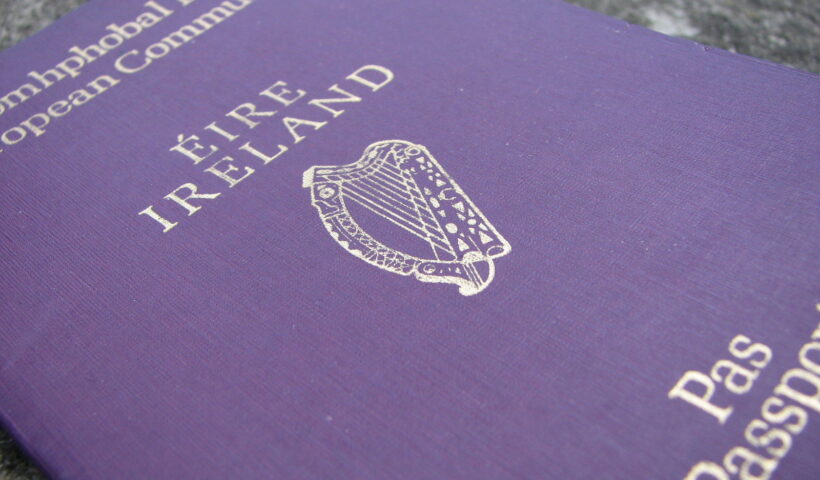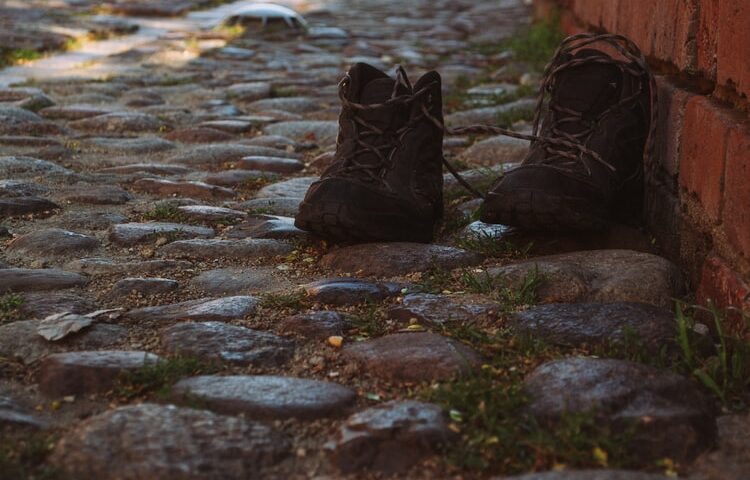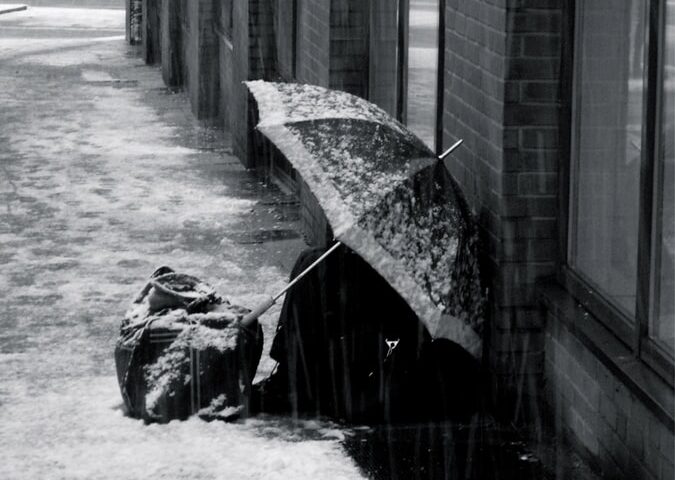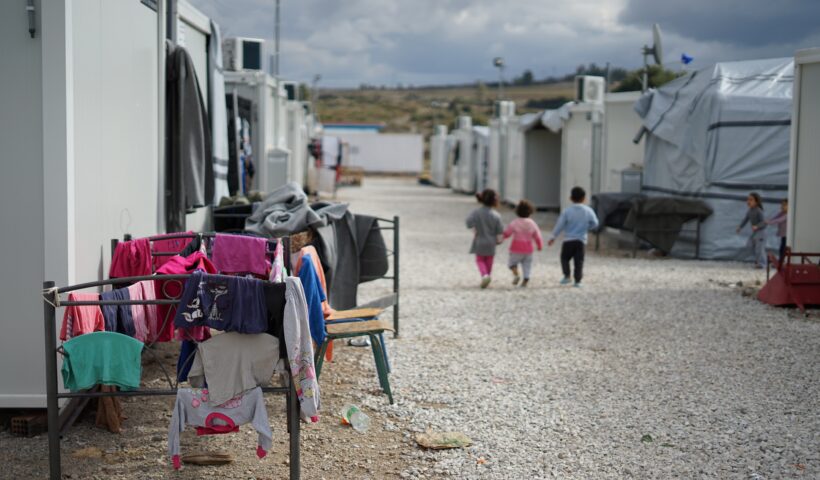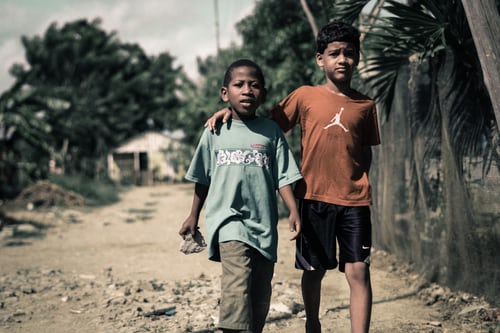Before Amelia, the protagonist of Anna Burns’ debut novel, No Bones, is raped by her brother and his girlfriend, she is described from the perspective of the latter, who deems her “outrageously, sexually thin,” with the “arm-swinging vigour all six-stone hunger-strikers are very keen on” (123). In 1970s North Belfast, Amelia’s eating disorder is seen as vain compared to the sacrifices of political prisoners. This prioritisation of male suffering reflected in much scholarship on the Troubles. Alan Feldman’s Formations of Violence, for example, analyses the Northern Irish body under state and paramilitary power—imprisoned, beaten, starving or killed—but that body is exclusively male.
View More ‘At war with her body’: the threat of pregnancy in the novels of Anna BurnsCategory: Previous Issues
The Pen is Mightier: Narrative power in contemporary Irish women’s writing
The contemporary moment in Irish women’s writing has been recognised as a space of “extraordinary dynamism” for women negotiating the changing landscape of gender in Ireland (Bracken and Harney-Mahajan 3). On the heels of the 2018 repeal of the Eighth Amendment, bodily autonomy and, as pertains to this discussion, narrative autonomy are significantly prevalent in both the public consciousness and contemporary writing. This article is concerned with the way autonomy and power are wielded in the use of narrative, taking as examples Emilie Pine’s personal essay collection, Notes to Self (2018), and Nicole Flattery’s “Abortion, A Love Story” from short story collection Show Them A Good Time (2019).
View More The Pen is Mightier: Narrative power in contemporary Irish women’s writingEimear McBride’s “Gob”
Early in her novel A Girl Is a Half-Formed Thing (2013), Eimear McBride’s unnamed narrator Girl describes her first pint, “a Guinness for want of not knowing what else,” after moving to Dublin for college (83). She is egged on by a new friend, a chatty type with “big red gums” who is fond of talking about her famous father’s globetrotting. As in the rest of the work, the scene moves back and forth in Girl’s consciousness between thought and speech, the words of one and the words of another.
View More Eimear McBride’s “Gob”‘Where are you from originally’: The cruel optimism of the precarious Irish public sphere in Melatu Uche Okorie’s “Under the Awning”
In “Dual Citizenship” Denise Chaila declares that “there are some people who will spend their whole lives, looking for a definition of home.” Since the citizenship referendum of 2004, many of those born in Ireland are no longer entitled to call the country of their birth their home. Melatu Okorie’s debut collection This Hostel Life (2018) gives voice to this precarious public sphere of contemporary Ireland.
View More ‘Where are you from originally’: The cruel optimism of the precarious Irish public sphere in Melatu Uche Okorie’s “Under the Awning”Alluvium Editorial 8.3: Contemporary Representations of Homelessness
Special Issue: Contemporary Representations of Homelessness Editors: Julia Ditter, Liam Harrison and Martin Goodhead From theorizations of transcendent homelessness to contemporary narratives of displacement in the wake of war and…
View More Alluvium Editorial 8.3: Contemporary Representations of HomelessnessThe Post-Millennial Rise of British Homelessness Literature
Approximately as many full-length novels and autobiographies written by British authors about or largely featuring homelessness were published in the last two decades as in the 50 years between 1950 and 2000. Homelessness seems to be growing in the public and cultural consciousness, and it remains a persistent and pressing issue.
View More The Post-Millennial Rise of British Homelessness LiteratureHomelessness, Borders, and the Displaced Youth: Understanding Young Refugees through Fictional Narratives
By Anindita Shome Content warning: contains descriptions of graphic violence and sexual assault Fictional narratives can play a critical role when it comes to understanding…
View More Homelessness, Borders, and the Displaced Youth: Understanding Young Refugees through Fictional Narratives“The transient vigor of a man”: Home and Homelessness in Marilynne Robinson’s Home
By Dr Ben Screech Give me a home where the Buffalo roam Where the Deer and the Antelope play; Where seldom is heard a discouraging…
View More “The transient vigor of a man”: Home and Homelessness in Marilynne Robinson’s HomeDisabled and Deprived: Reading Refugee Narrative in the Light of Disability
Refugee narratives revolve around the intertwined themes of violence, coercion, deprivation, and ultimately the death of humanity. Furthermore, these narratives are built around the motifs of escape from socio-political menace, accompanied by a journey of survival.1 However, these interminable journeys are marked by injuries and casualties: “For the refugees who survive there is significant risk of injury, abuse, and torture during these journeys” (McPherson 1239). The physical and mental assaults upon some of the refugees, and their dire conditions, cumulatively result in disability. The most vulnerable section of a refugee community is predominantly composed of women and children. This essay attempts to address how literature negotiates the onset of disability ensuing from the refugee crisis and forced migration.
View More Disabled and Deprived: Reading Refugee Narrative in the Light of DisabilityWhere Childhood Ceases: Media Representations of the Homeless Street Children of Mumbai, India
Countless imaginaries within popular culture, across literature and film, capture childhood innocence and unbridled hope. Lacking any inhibitions or fear of judgement, and expressing themselves freely, children reflect a parallel dimension that has not yet been corrupted by the malign forces of the world. A child’s reality is essentially rooted in the support systems they have within their small circle of family and friends. The home, in this regard, is their anchor and the crux around which their identity and sense of self revolves. But what happens when this structure itself is uprooted and spun around on its head? This is a crucial question within the context of India, which has 18 million children that do not currently have a home and are often called ‘street children’.
View More Where Childhood Ceases: Media Representations of the Homeless Street Children of Mumbai, India



